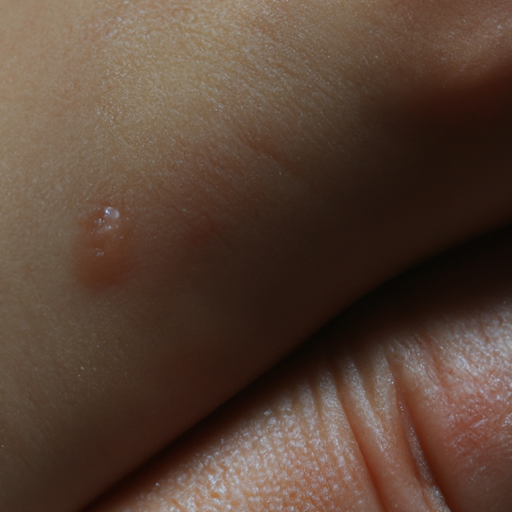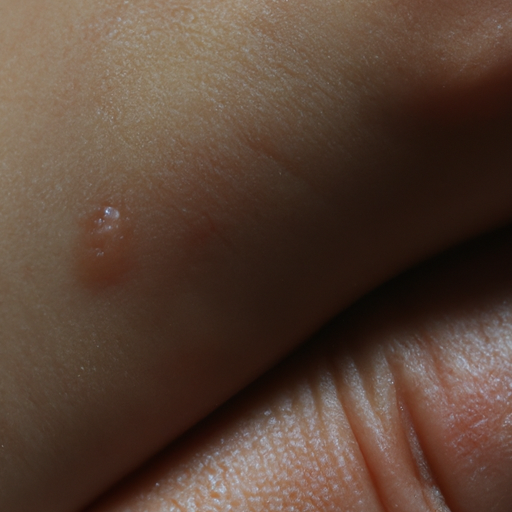As a dermatologist, I often encounter patients who are distressed by their oily skin. The glossy sheen on their faces, the frequent breakouts, and the constant need to blot away excess oil can be frustrating. However, understanding the root causes of oily skin and how to manage it can make a significant difference. This article aims to unmask the gloss and provide a comprehensive guide to diagnosing and treating oily skin.
Oily skin is primarily caused by overactive sebaceous glands that produce excess sebum, a natural skin oil that helps protect and hydrate the skin. While sebum is essential for skin health, too much of it can lead to an oily appearance, clogged pores, and acne. Factors contributing to oily skin include genetics, hormonal changes, diet, stress, and climate.
Diagnosing oily skin is typically straightforward. If your skin often appears shiny, feels greasy to the touch, or if you frequently have blackheads or pimples, you likely have oily skin. However, it’s crucial to consult with a dermatologist to rule out other skin conditions that may mimic the symptoms of oily skin.
Once diagnosed, the next step is treatment. It’s important to note that the goal is not to eliminate all oil from your skin — this would lead to dryness and irritation. Instead, the aim is to balance sebum production and manage symptoms.
A good skincare routine is the cornerstone of managing oily skin. I recommend using a gentle, oil-free cleanser twice daily to remove excess oil without stripping your skin of its natural moisture. Avoid harsh soaps and alcohol-based products as they can over-dry your skin, leading your sebaceous glands to produce even more oil in response.
Exfoliation is also essential as it helps remove dead skin cells that can clog pores and increase oiliness. However, be careful not to over-exfoliate as this can irritate the skin. Aim for once or twice a week using a product with salicylic acid, which can penetrate the pores and help clear out excess sebum.
In addition to topical treatments, certain oral medications can help regulate sebum production. These include hormonal therapies like oral contraceptives and spironolactone, which are particularly effective in women who experience oily skin and acne due to hormonal fluctuations.
Diet also plays a role in managing oily skin. Foods high in sugars and fats can stimulate sebum production, so try to incorporate more fruits, vegetables, and lean proteins into your diet.
Lastly, remember that everyone’s skin is unique. What works for one person may not work for another. Thus, it’s crucial to work with a dermatologist who can customize a treatment plan based on your specific needs and skin type.
In conclusion, while oily skin can be challenging to manage, understanding its causes and implementing an effective treatment plan can significantly improve your skin’s appearance and health. Remember, the goal is not to eliminate oil but to achieve a healthy balance. With patience and consistency, you can unmask the gloss and reveal your skin’s natural glow.




